Scientists have discovered a grain of dust left over from a stellar explosion that predated our solar system.
Source: Unexplained Mysteries
Found within a chondritic meteorite retrieved from Antarctica, the grain – which has been named LAP-149 – is the only known example of graphite and silicate that can be traced back to a particular type of stellar explosion – one that occurred long before our solar system had even come in to being.
Against all odds, this tiny speck of stardust made its ways across the interstellar void before arriving in the region of space that would later become our solar system.
The discovery is significant because it can help teach us about the conditions that existed at that time.
“As actual dust from stars, such presolar grains give us insight into the building blocks from which our solar system formed,” said study lead author Pierre Haenecour. “They also provide us with a direct snapshot of the conditions in a star at the time when this grain was formed.”
An analysis of the grain has since revealed a large amount of an isotope known as 13C.
“The carbon isotopic compositions in anything we have ever sampled that came from any planet or body in our solar system varies typically by a factor on the order of 50,” said Haenecour.
“The 13C we found in LAP-149 is enriched more than 50,000-fold.”
“These results provide further laboratory evidence that both carbon- and oxygen-rich grains from novae contributed to the building blocks of our solar system.”

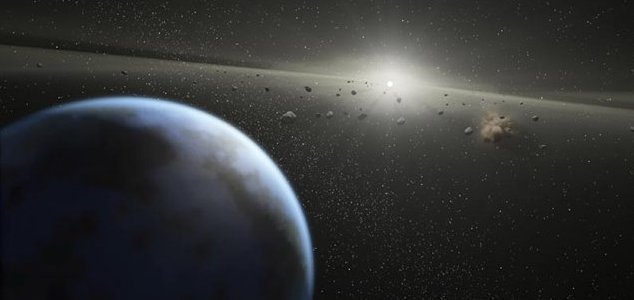

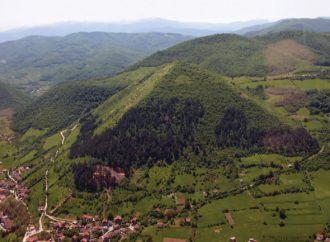










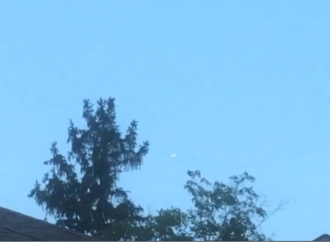






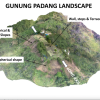





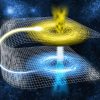




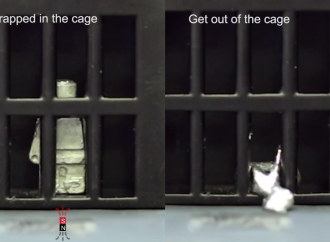
Leave a Comment
You must be logged in to post a comment.